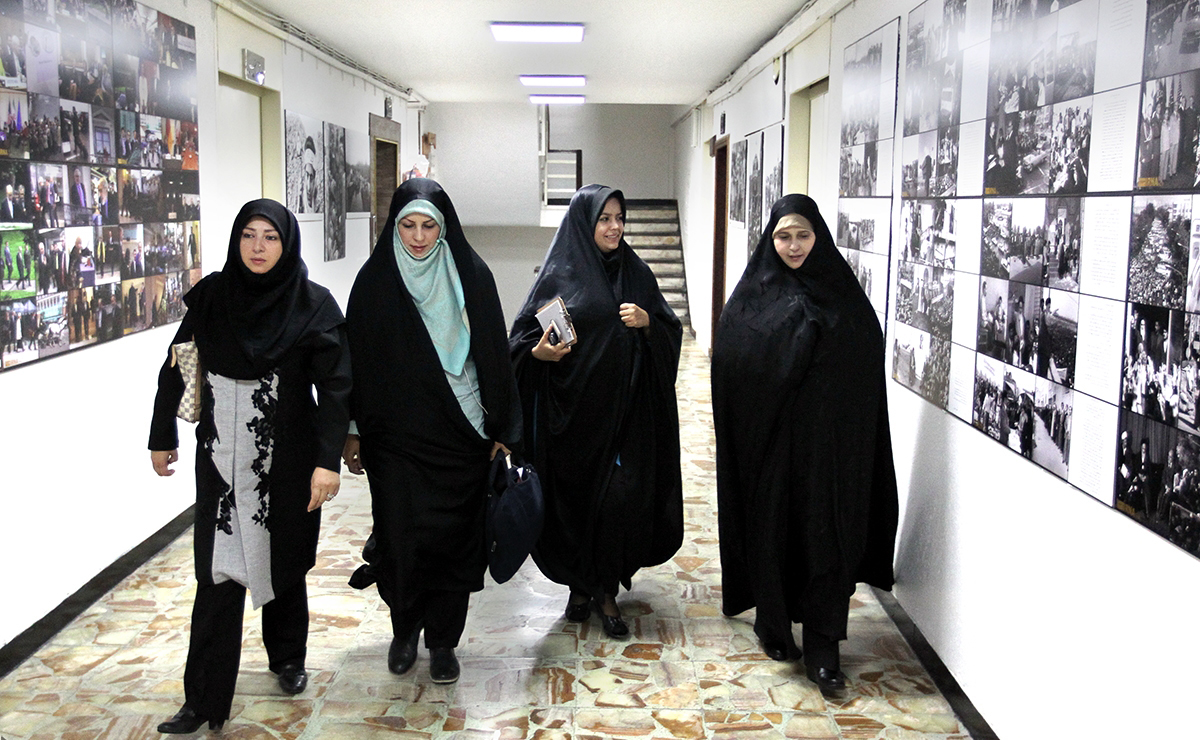The number of female village chiefs has increased significantly over the past four years and after the present (outgoing) government took office in the summer of 2013.
“Female village chiefs have increased by 43% since 2013 and their numbers reached 2,167 in the last elections,” said Saeidreza Jandaqian, deputy head of the Municipalities Organization of Iran.
There are more than 64,000 villages in the country, half of which remain deserted due to lack of job opportunities and unemployment, and consecutive years of drought that has seen an influx of migrants from rural to urban areas. Although the number of women village heads is insignificant compared to the total number of villages, the upward trend is promising because rural areas are the most traditional communities in the country.
“Facts and figures show a stronger presence of women in social, cultural, and political spheres under the tenure of President Hassan Rouhani,” he was quoted as saying by ISNA.
The number of female village chiefs has increased 10-fold since their first city and rural council elections 16 years ago. There were hardly 150 of them in the first elections in 2000, which increased to 400 between 2003 and 2006, and to 888 in the 2006-2009, and 1,544 in the 2009-2013 periods.
The increase in the number of female village heads in between elections is due to the fact that a number of villages have become independent before or after the nationwide process, or a male village chief was replaced by a female head in the event of death or resignation. These chiefs are assigned under the national administrative procedure.
The village head is the main executive officer of a village elected for a four-year term.
Almost 54% of the female village heads have tertiary education of some level (college, bachelor’s/master’s degree, or a PhD). That is while the average tertiary education among all village chiefs across the country stands at 39%, which means that female heads of villages are educated to higher levels than the national average.
Women, who account for 49.3% of the population, also comprise one-fifth (522) of the 2,722 approved candidates (out of 3,000) to vie for 31 seats in Tehran City Council in the elections to be held in May.
In spite of the fact that there are no women among the six candidates in the upcoming presidential elections, the five-day registration period (April 16-21) saw 137 women among the total 1,636 candidates who filed papers. That was a remarkable increase over the 12 (among 686 candidates) who registered in the 2013 polls, and only two in the 2009 elections.
Presence in City Councils, Majlis
Additionally, an unprecedented number of women were elected as heads of city councils in annual local elections held in August 2016. Voters elected women candidates to run seven councils in the provinces of Mazandaran, Kermanshah, Khuzestan, Gilan and Sistan-Baluchistan. A total of 3,000 women are also members of city or rural councils.
In the current Majlis there are 17 women lawmakers, the first largest representation of women in the 290-member chamber in 16 years, after the fifth Majlis (1996-2000) which had 14 women lawmakers.
“Harnessing the potential of educated women across the country can be a revolutionary factor in rural management and we encourage their candidacy,” Jandaqian stressed.
“Women’s involvement and cooperation is one of the targets of Sustainable Development Goals (2030 Agenda), and can play a pivotal role in a society’s development.”


